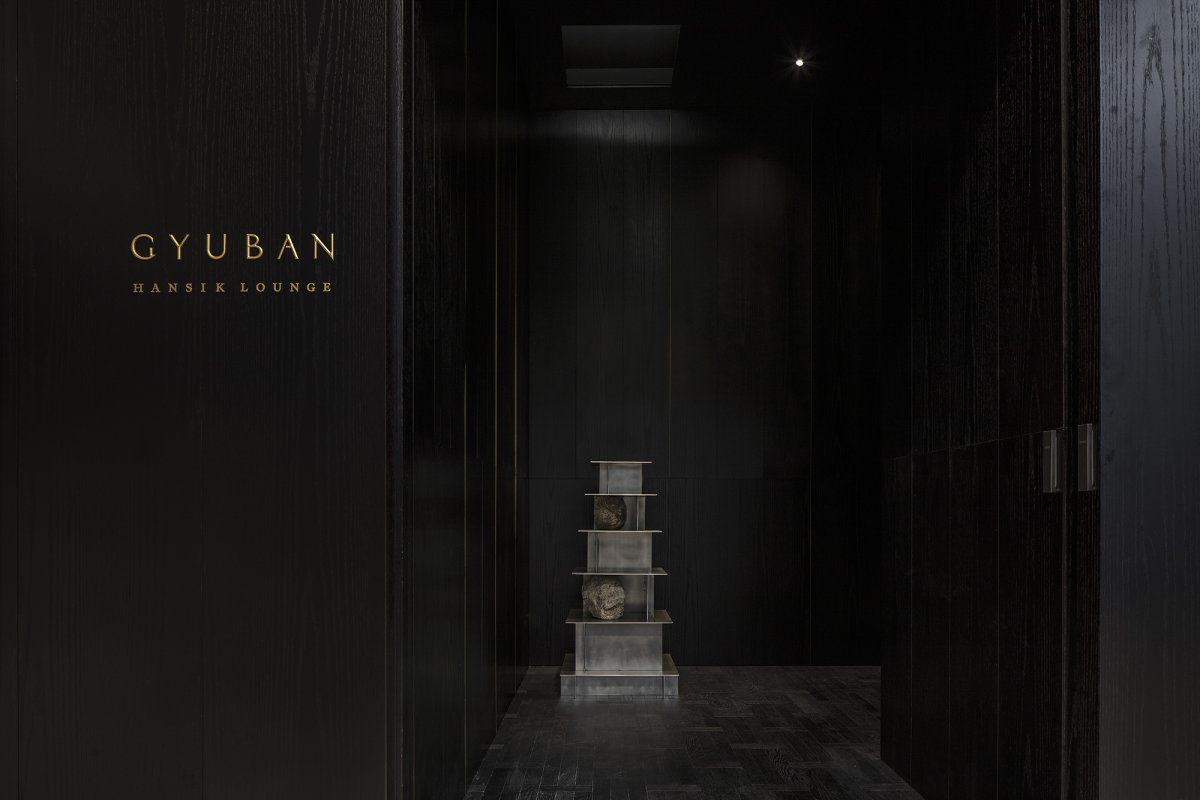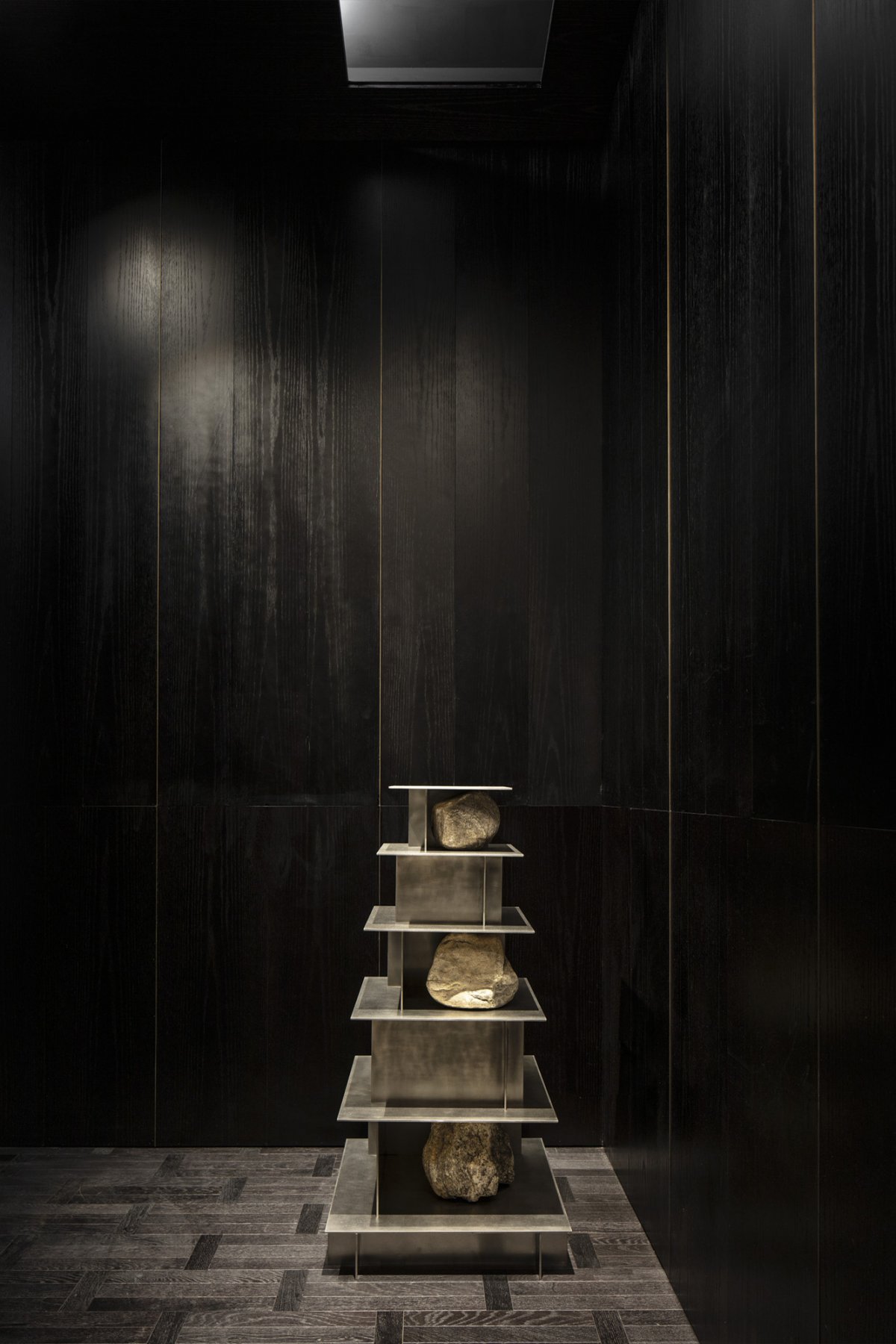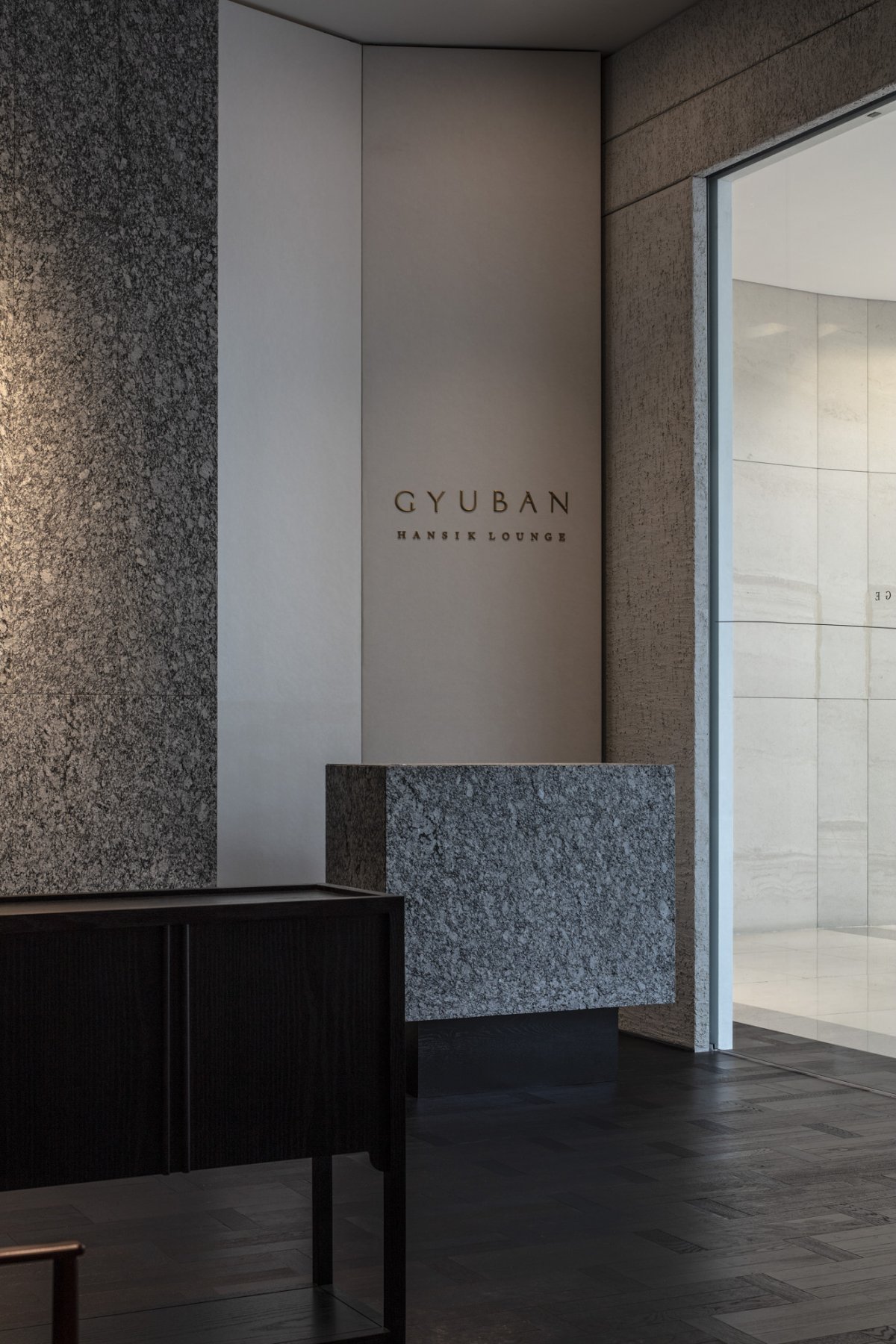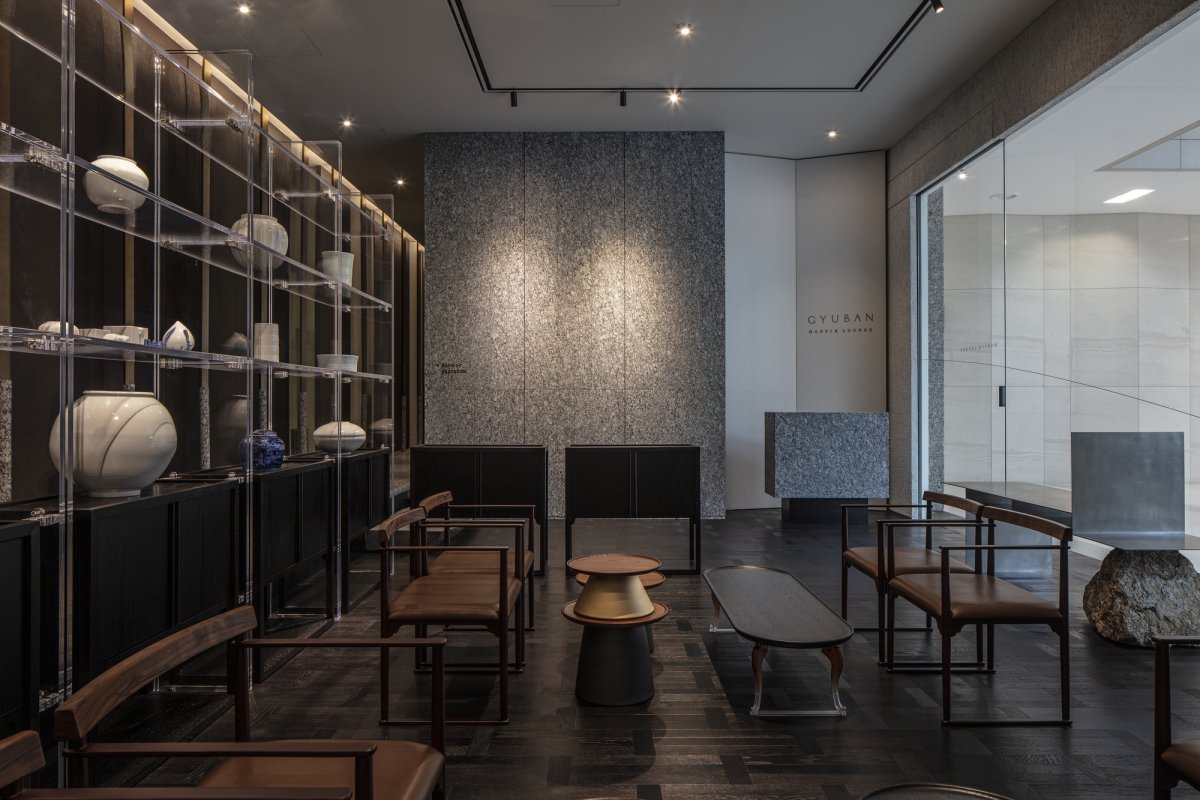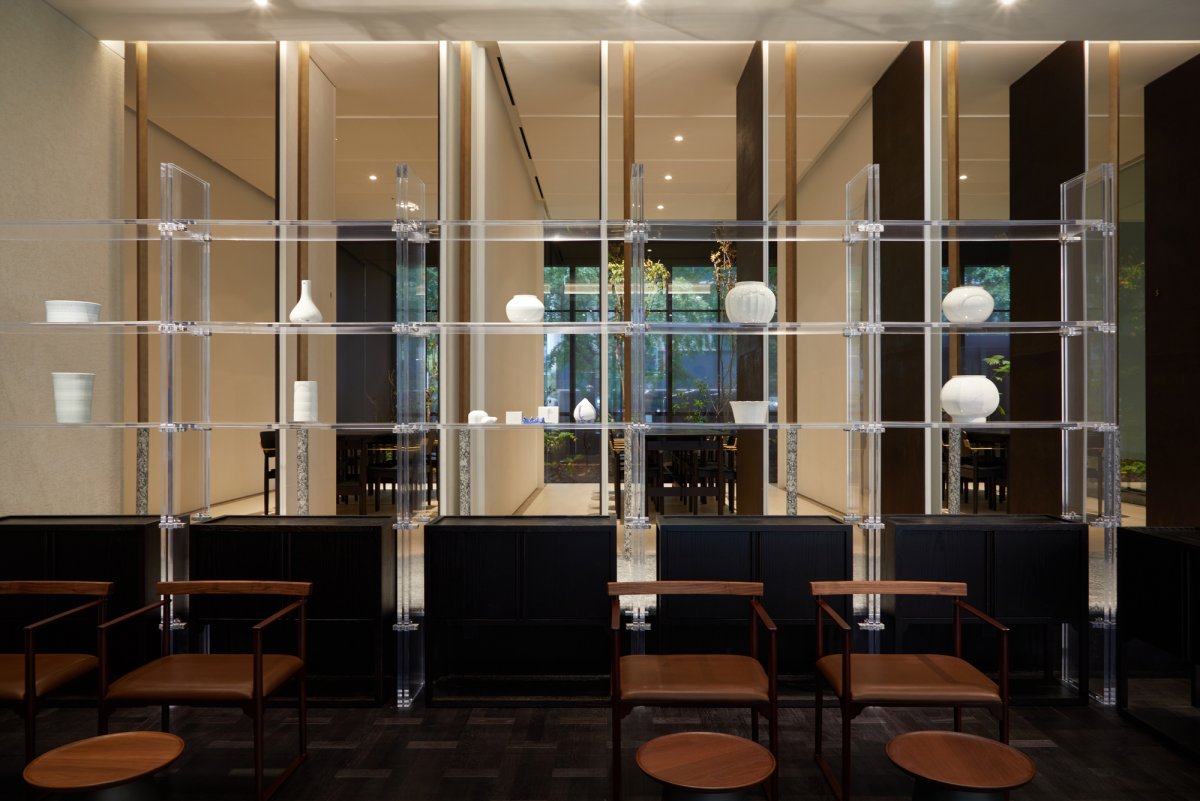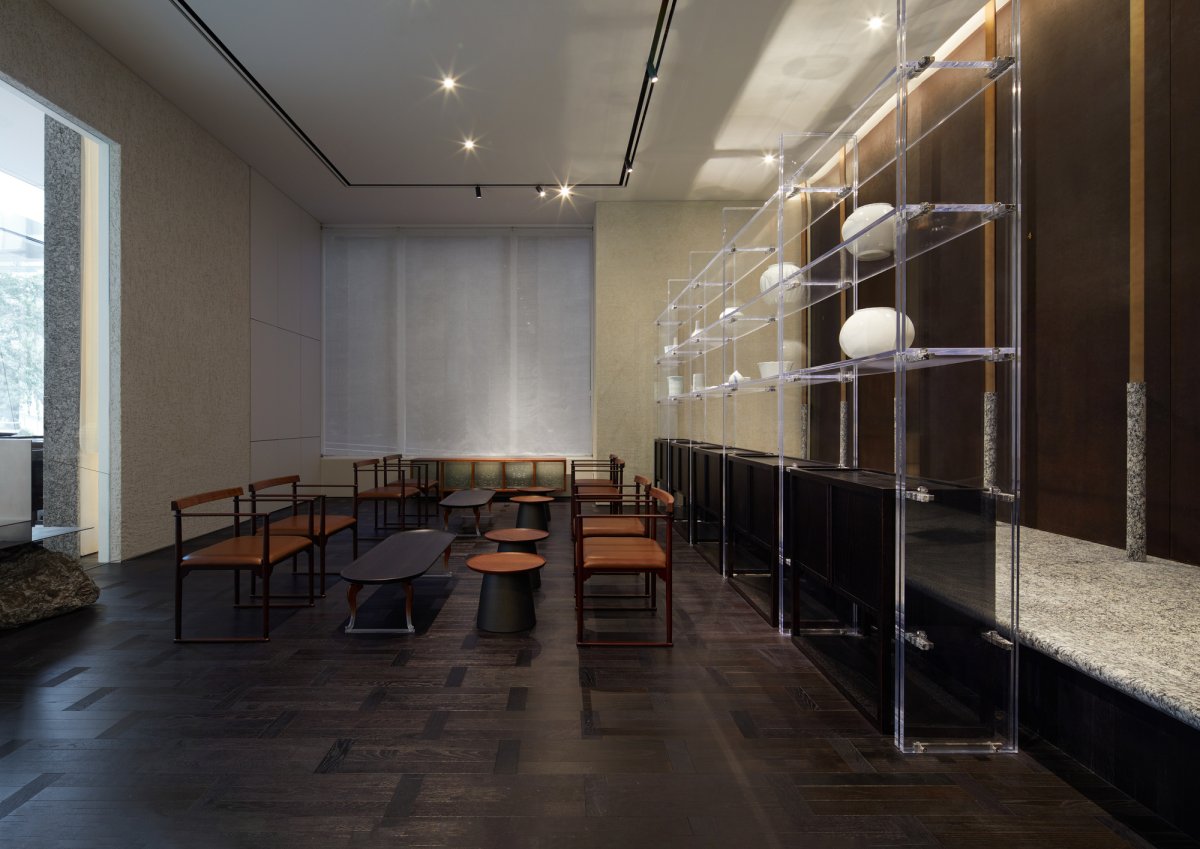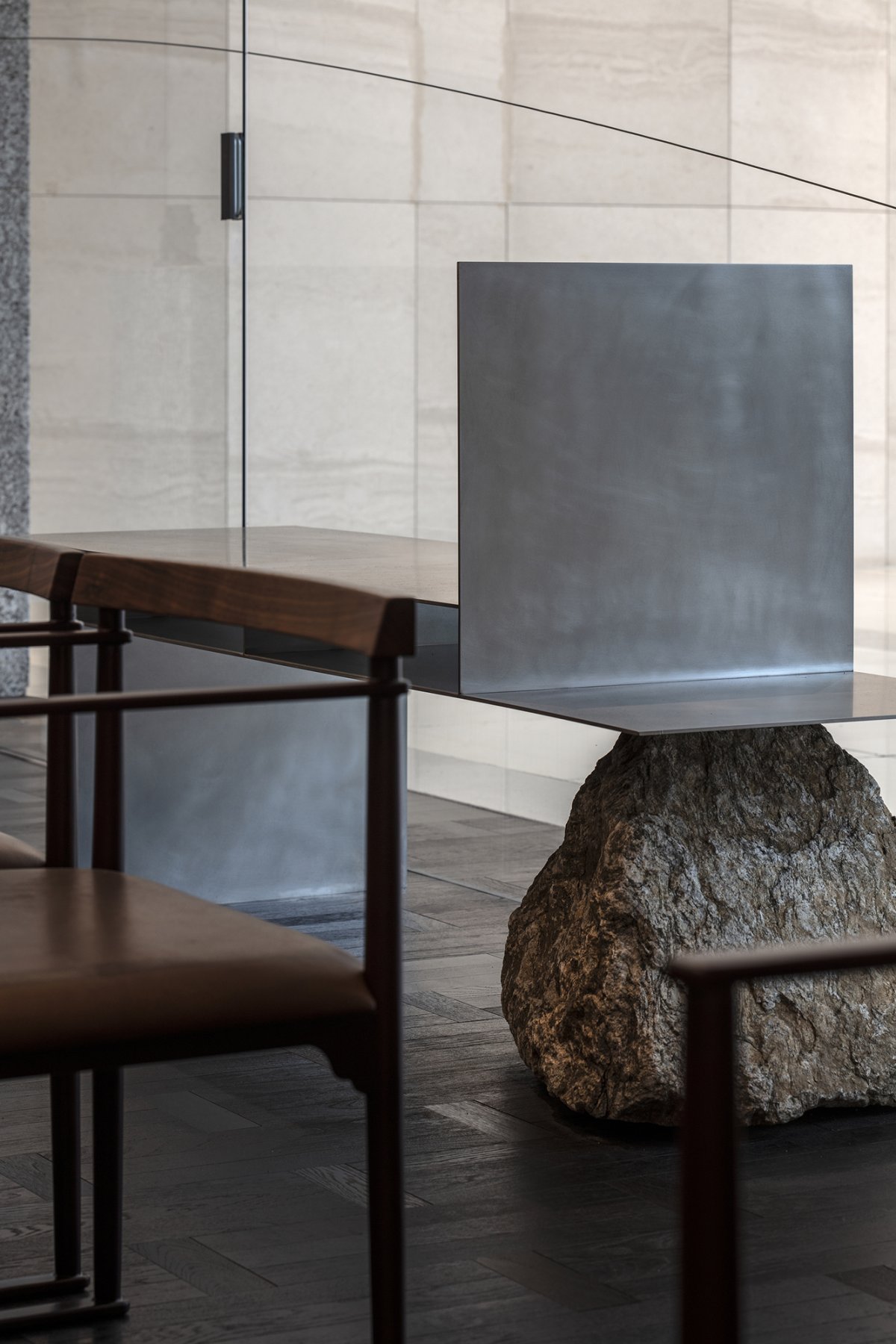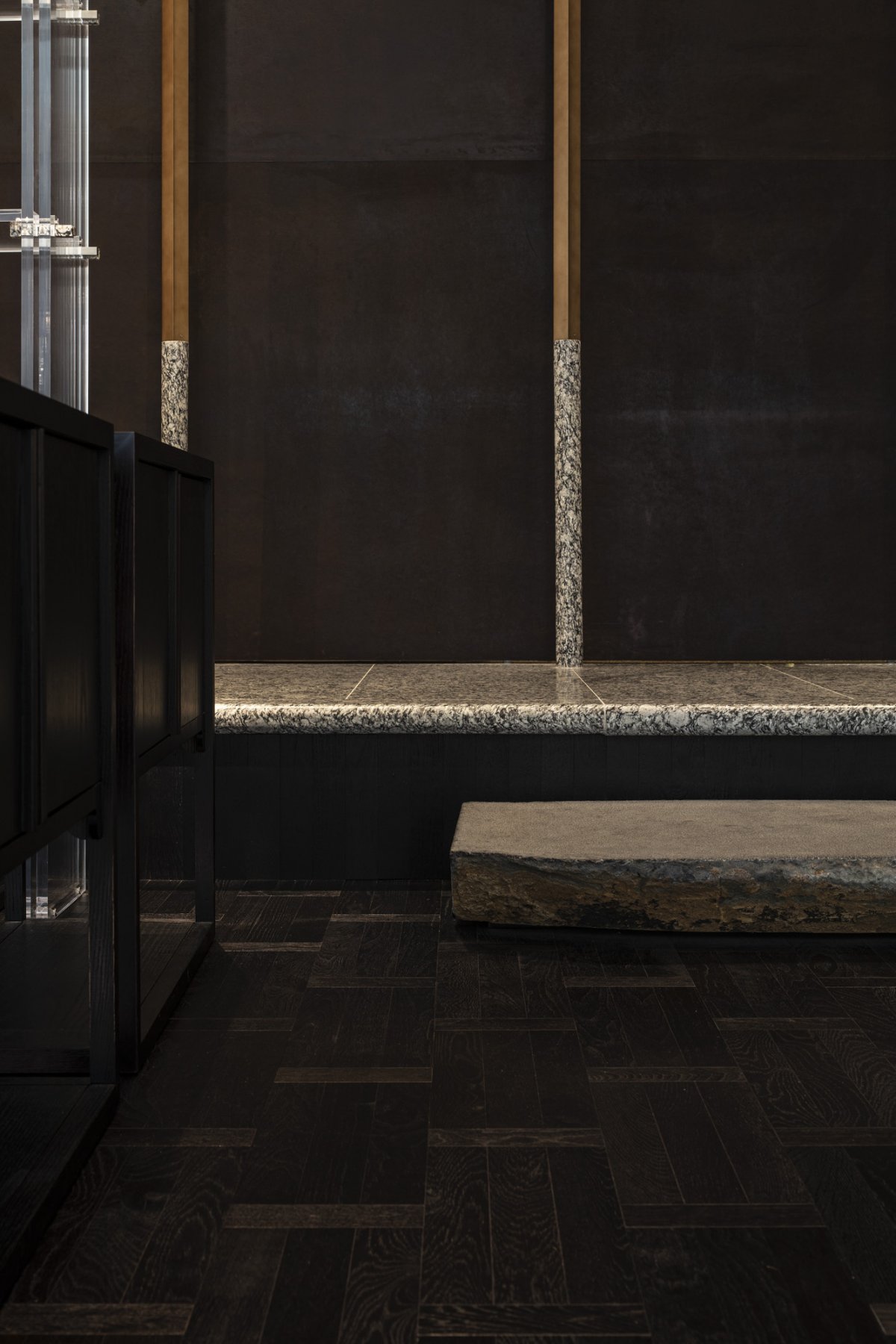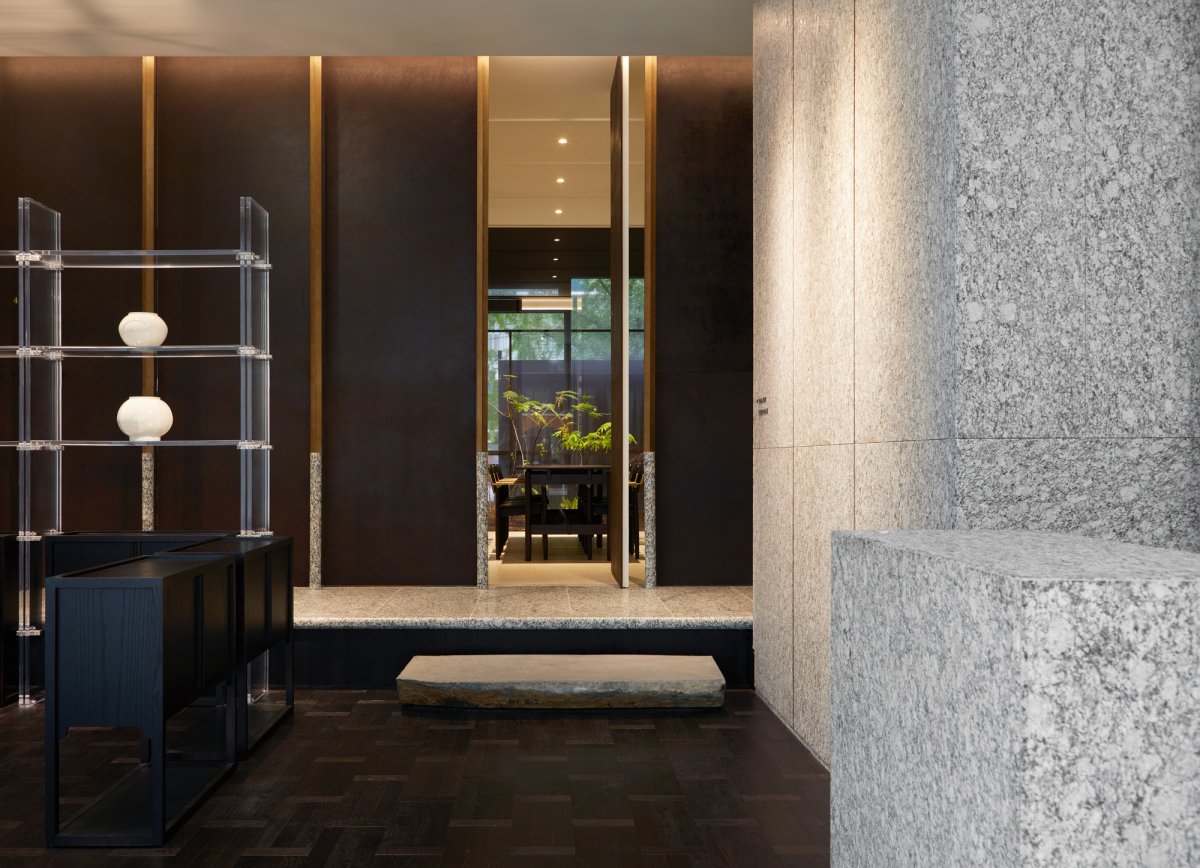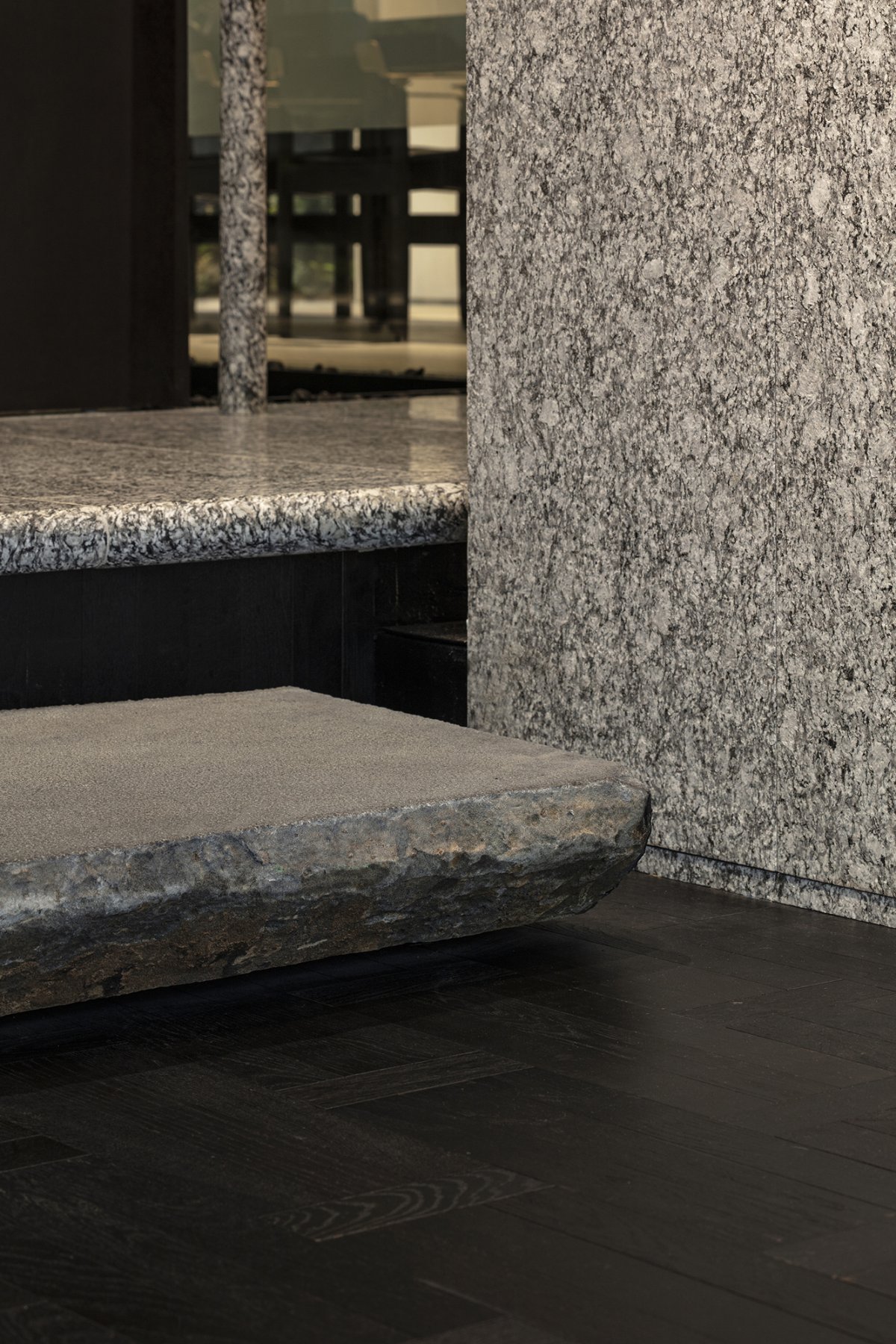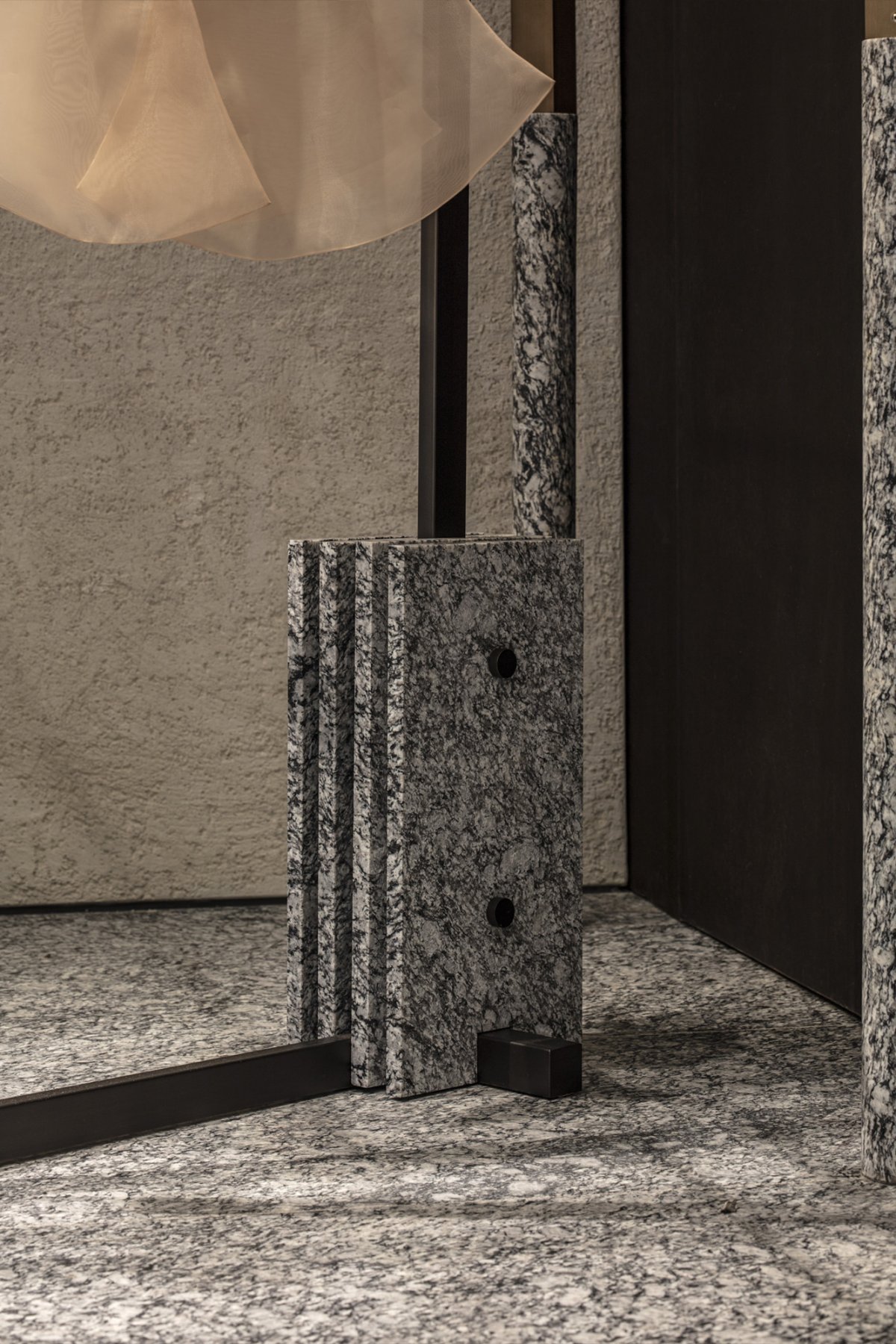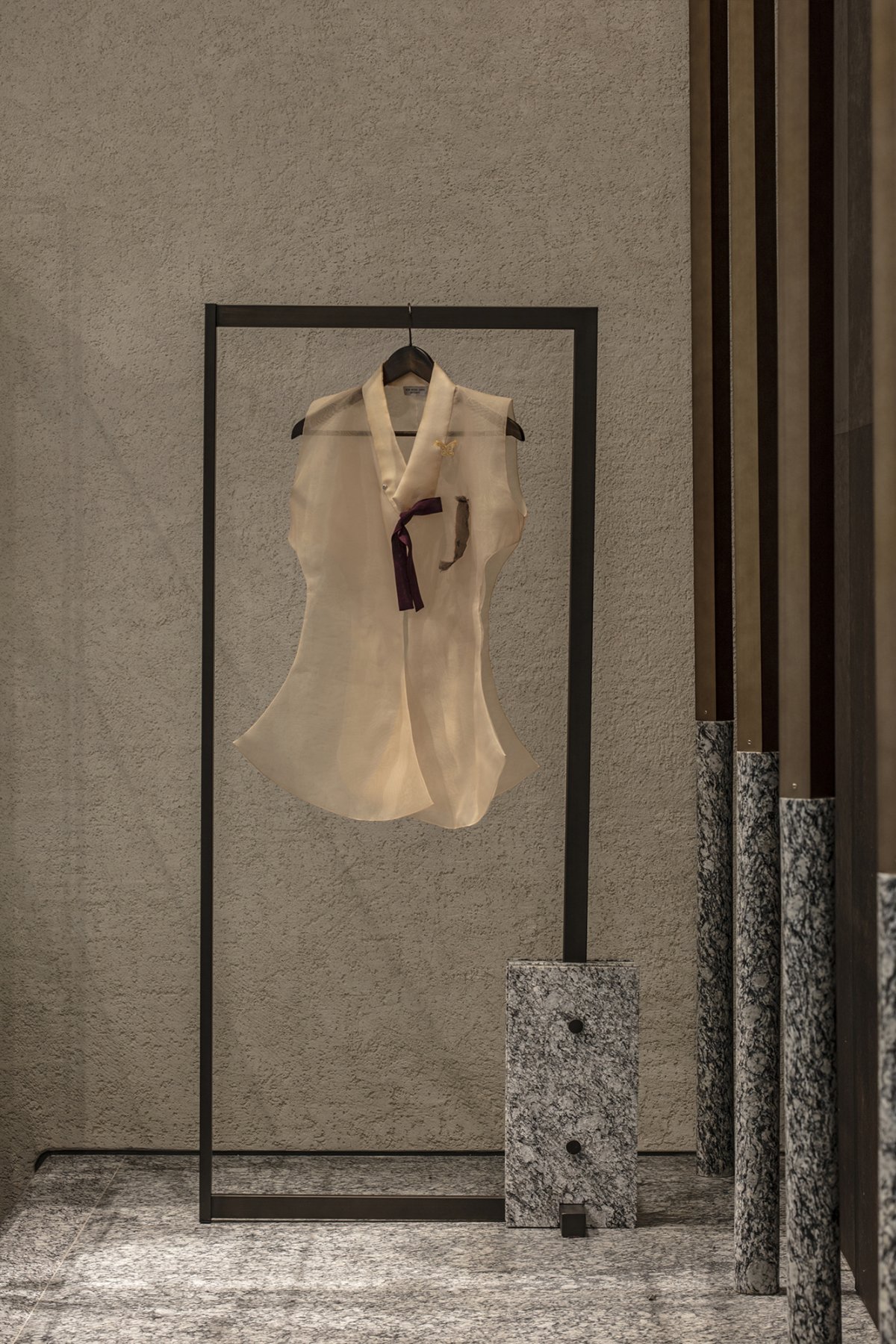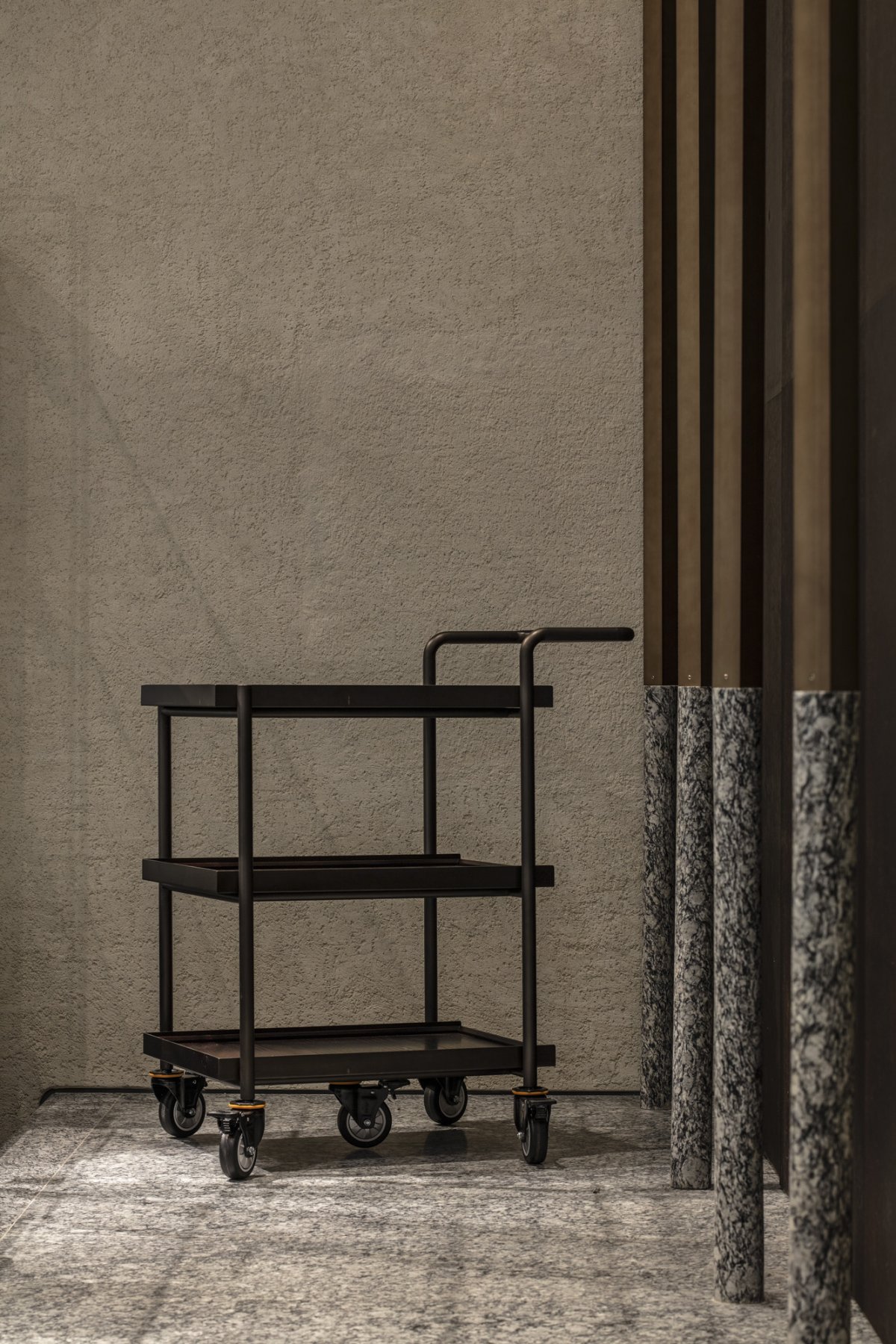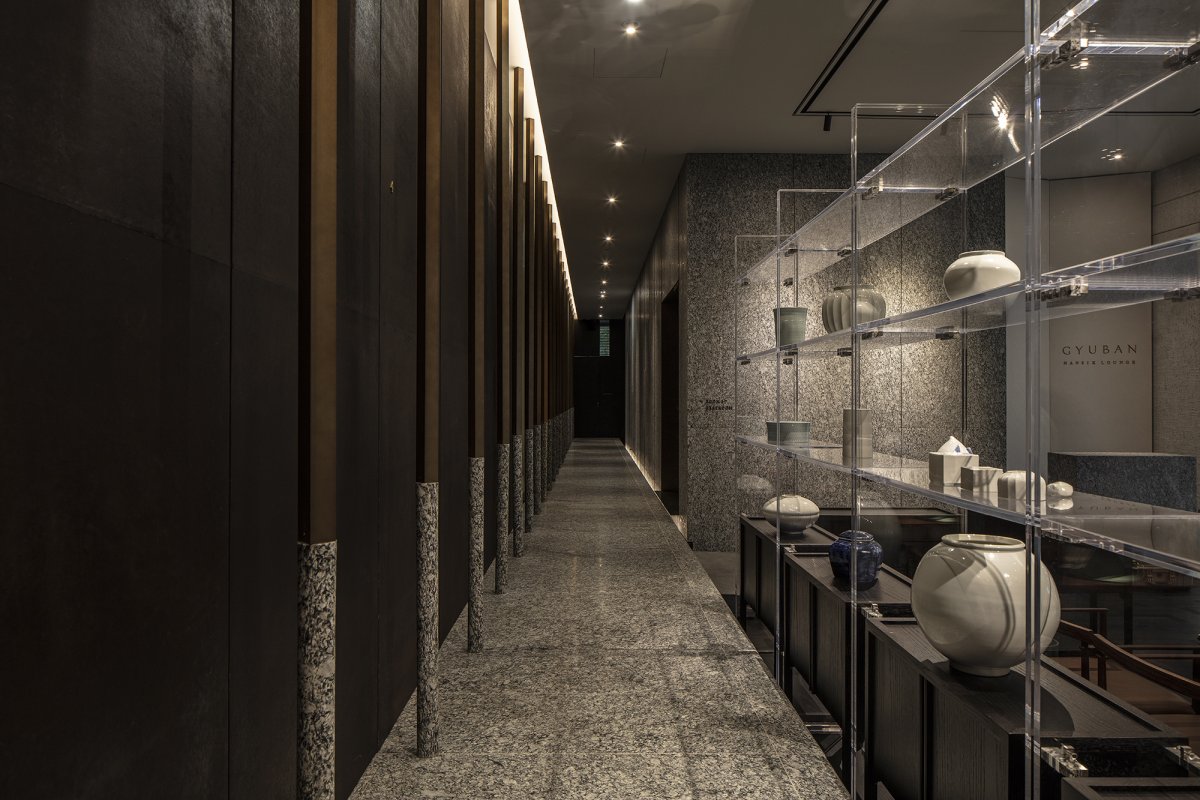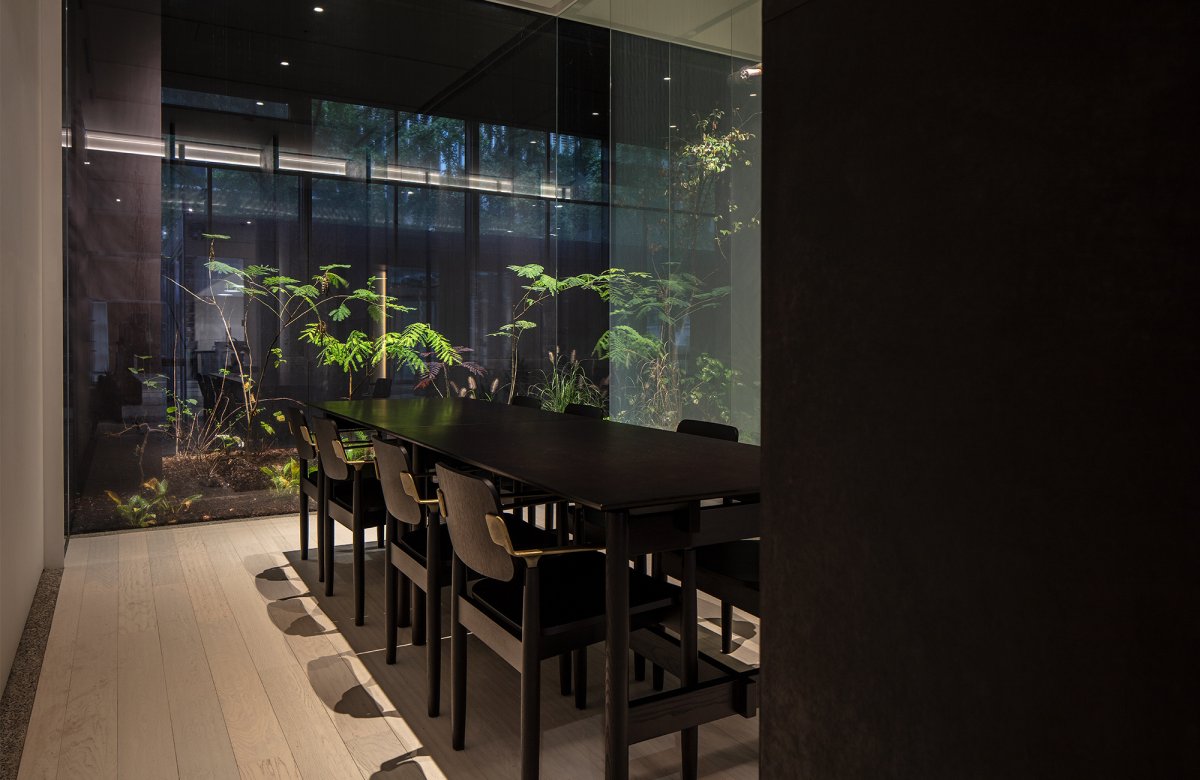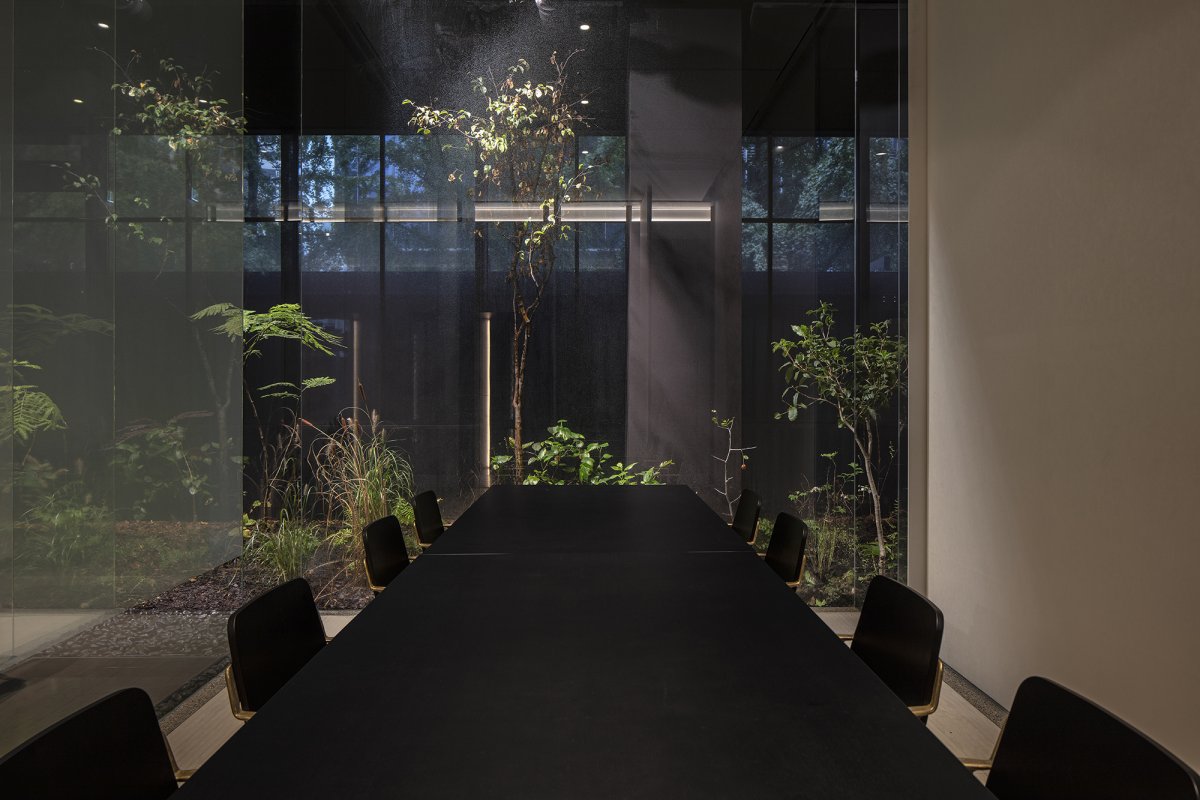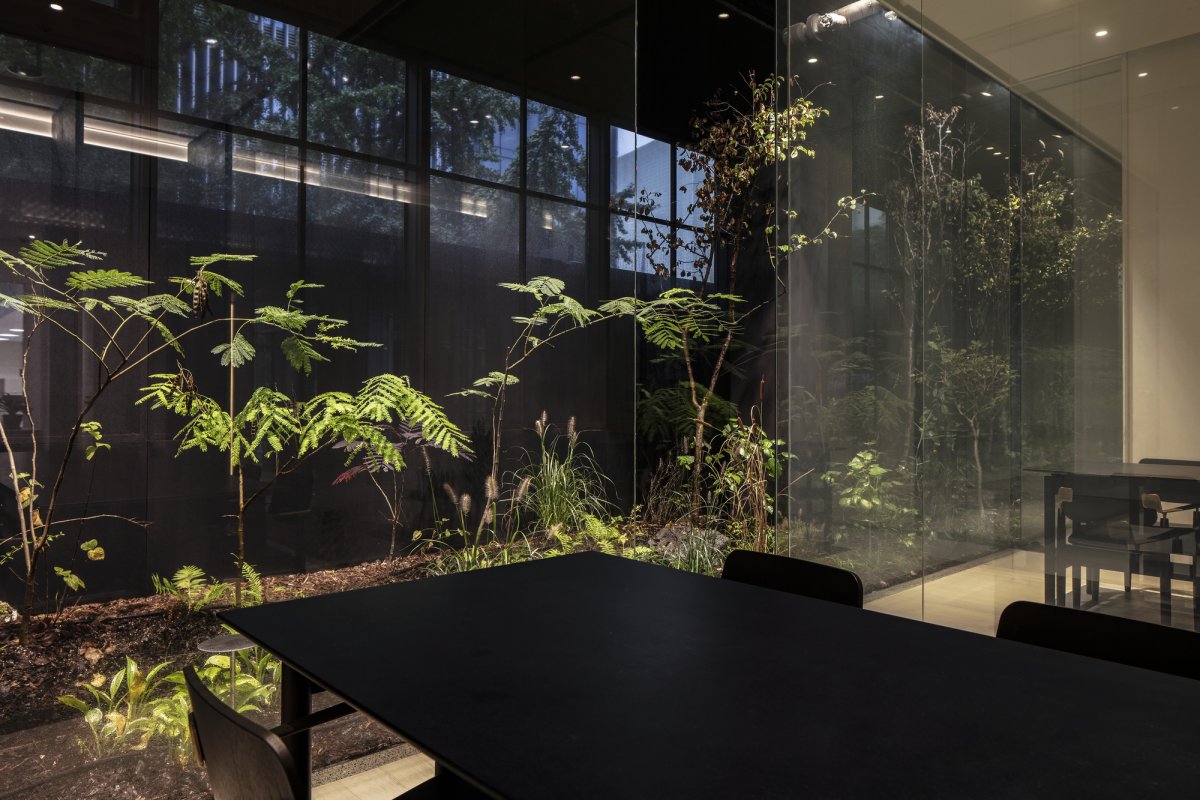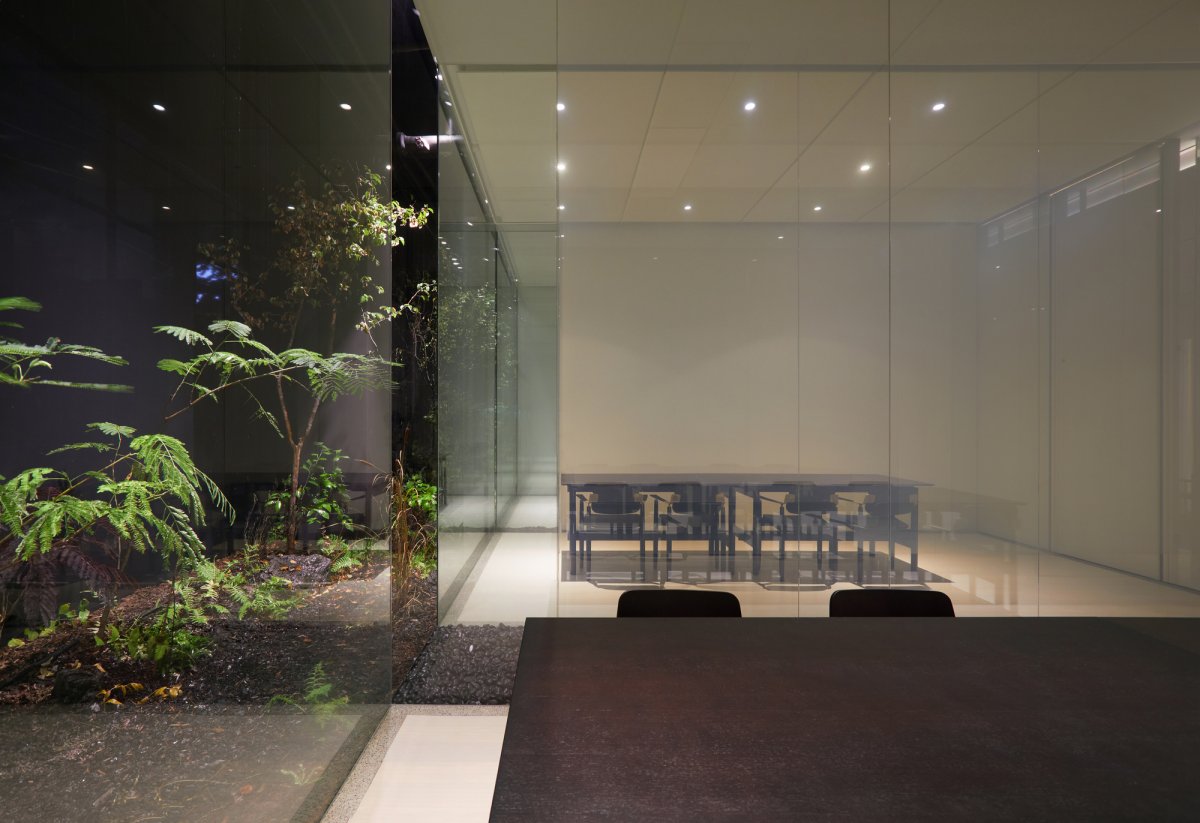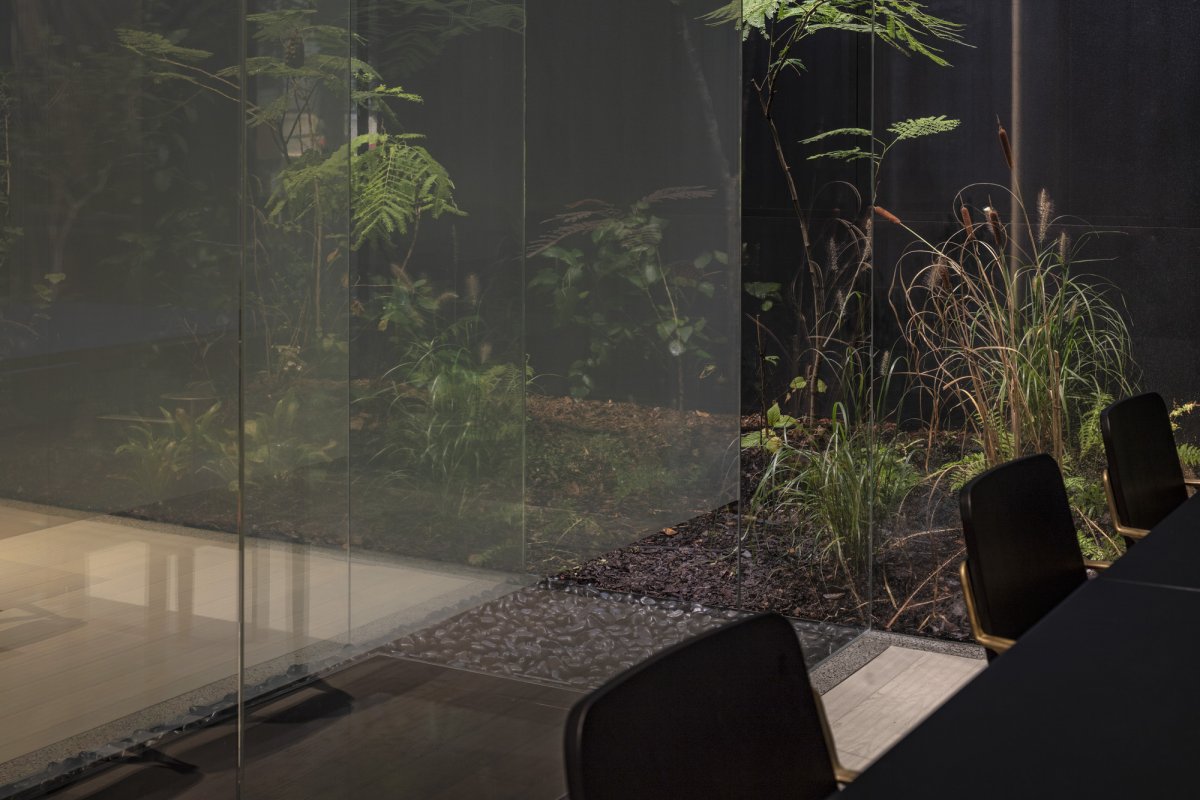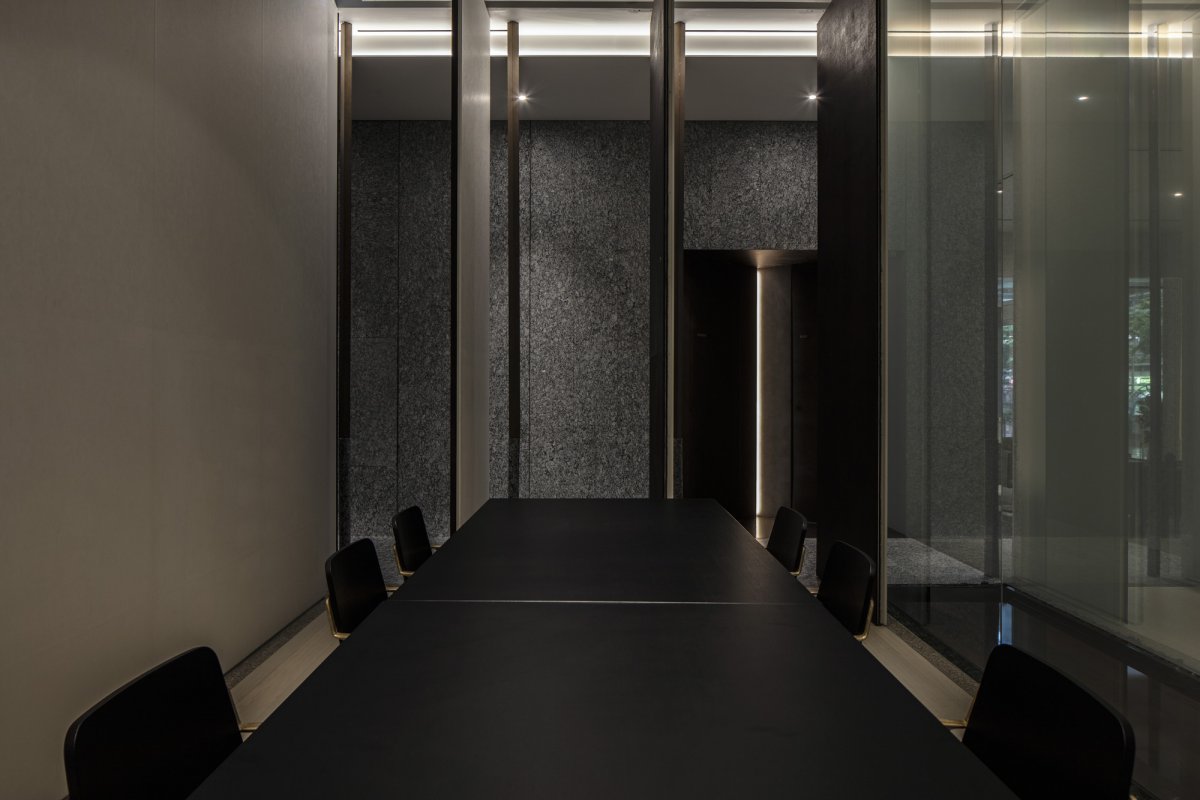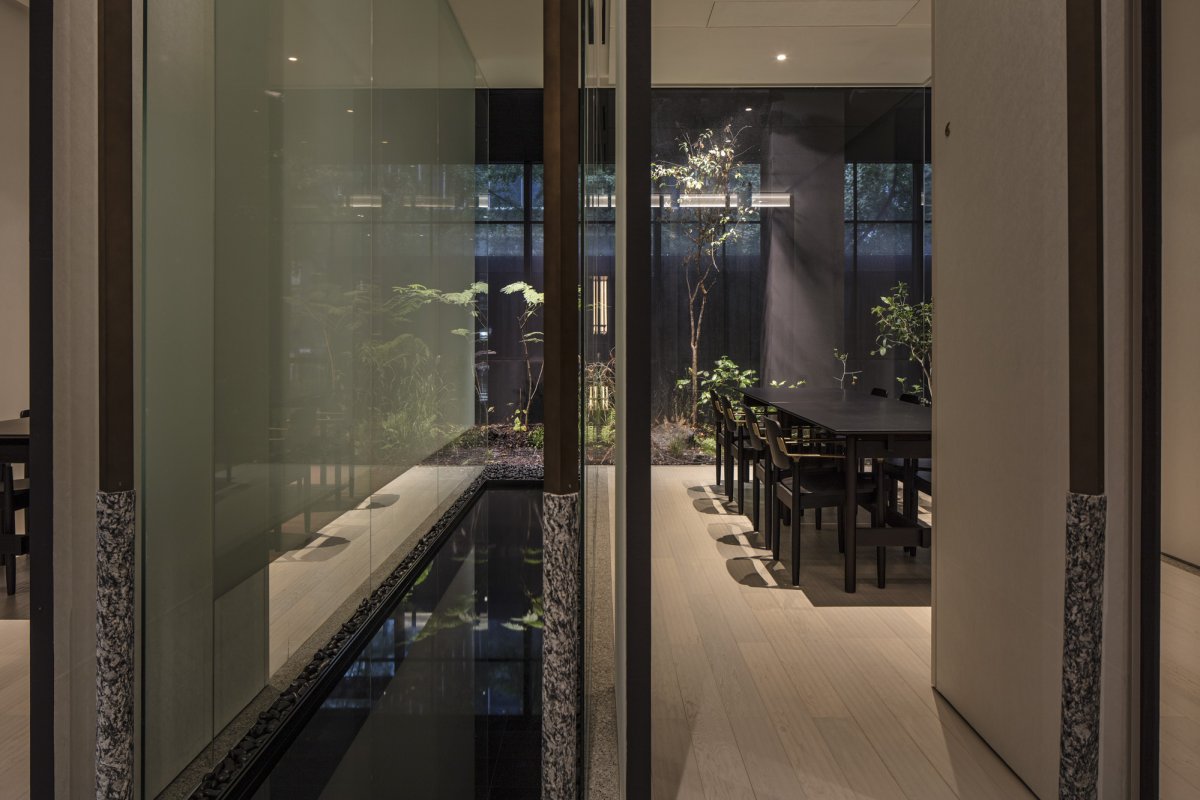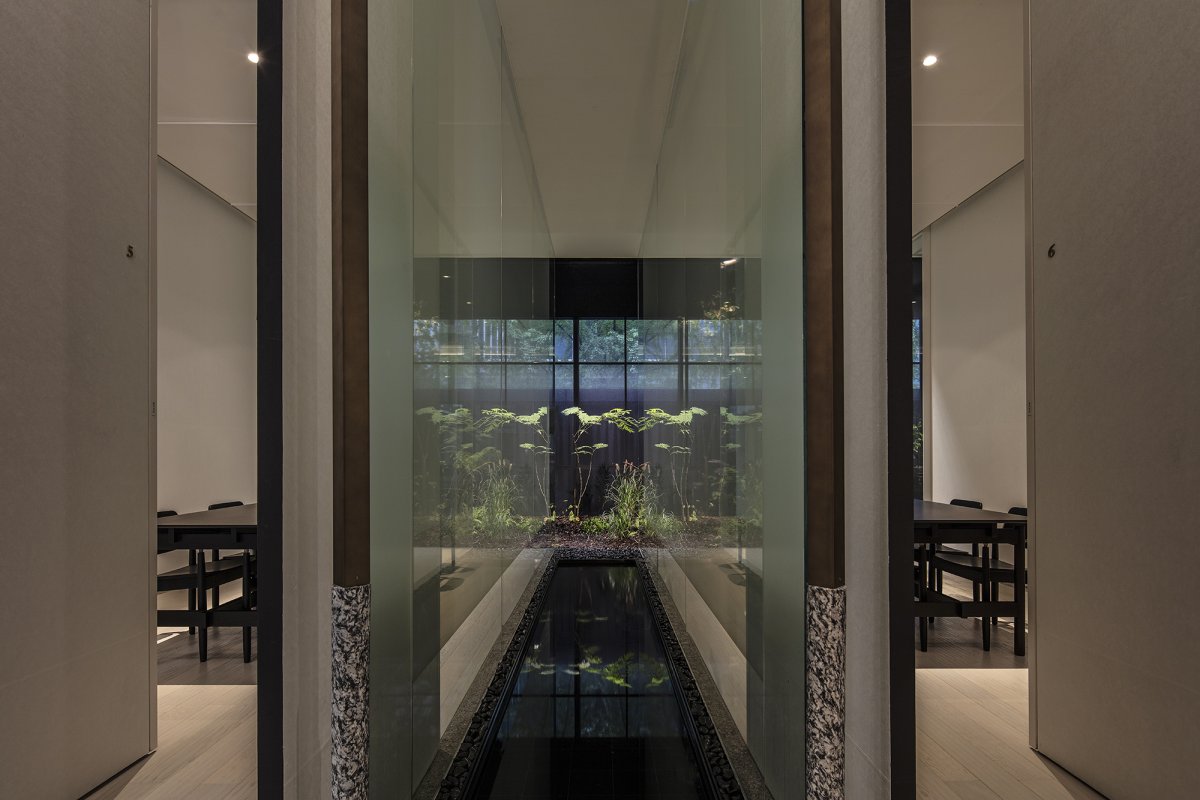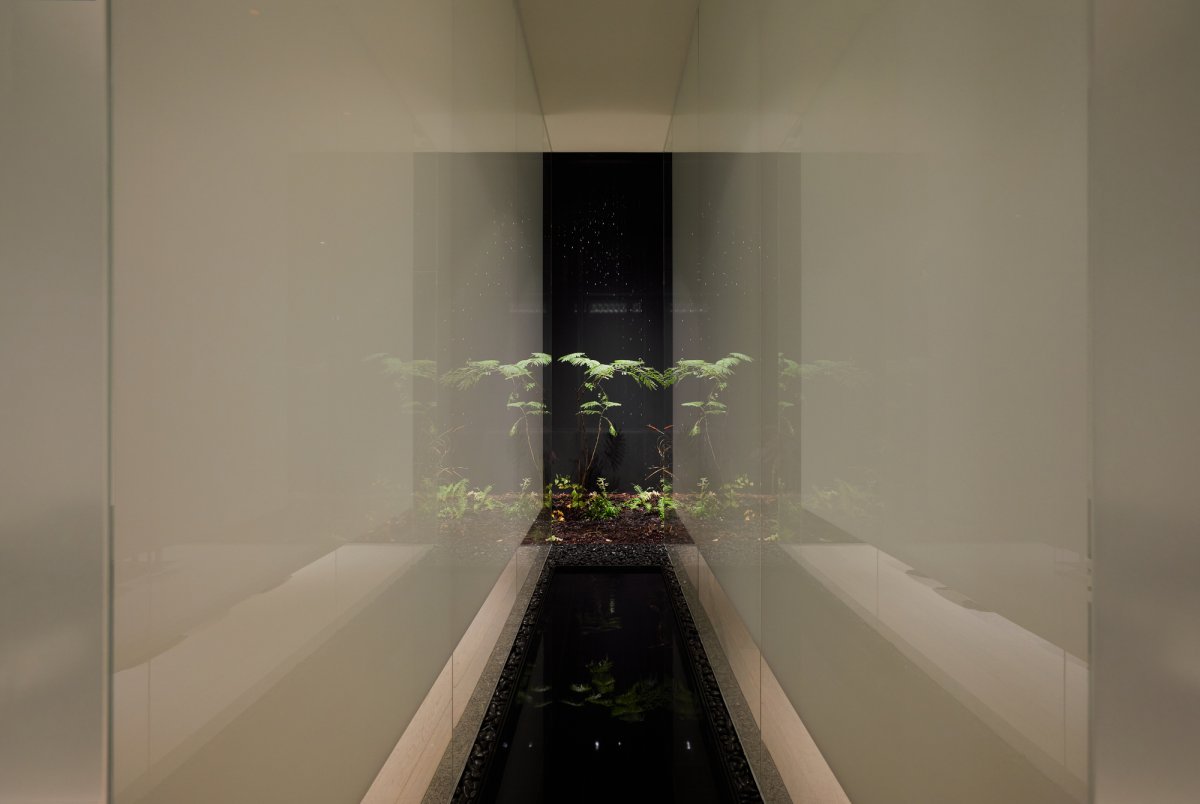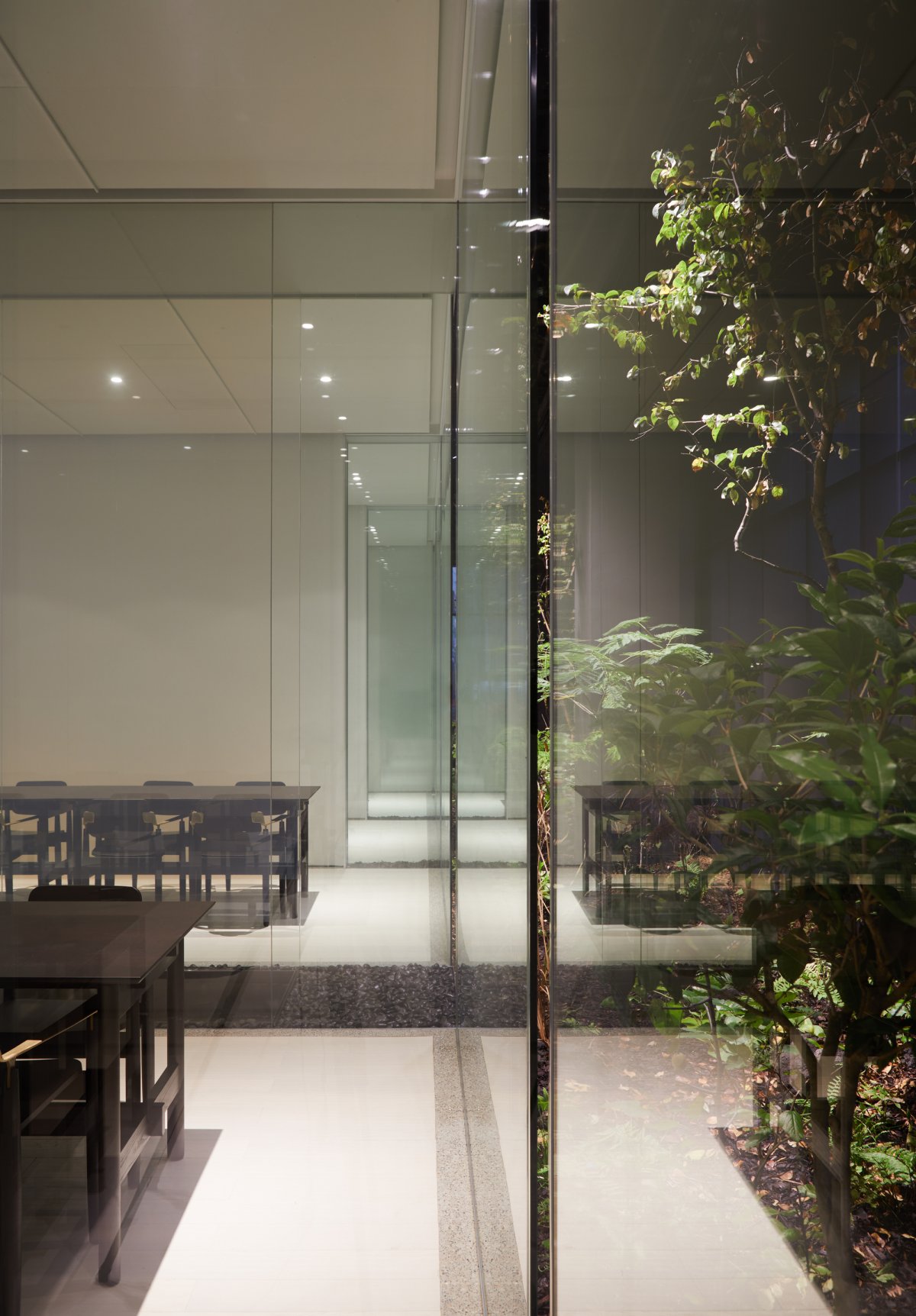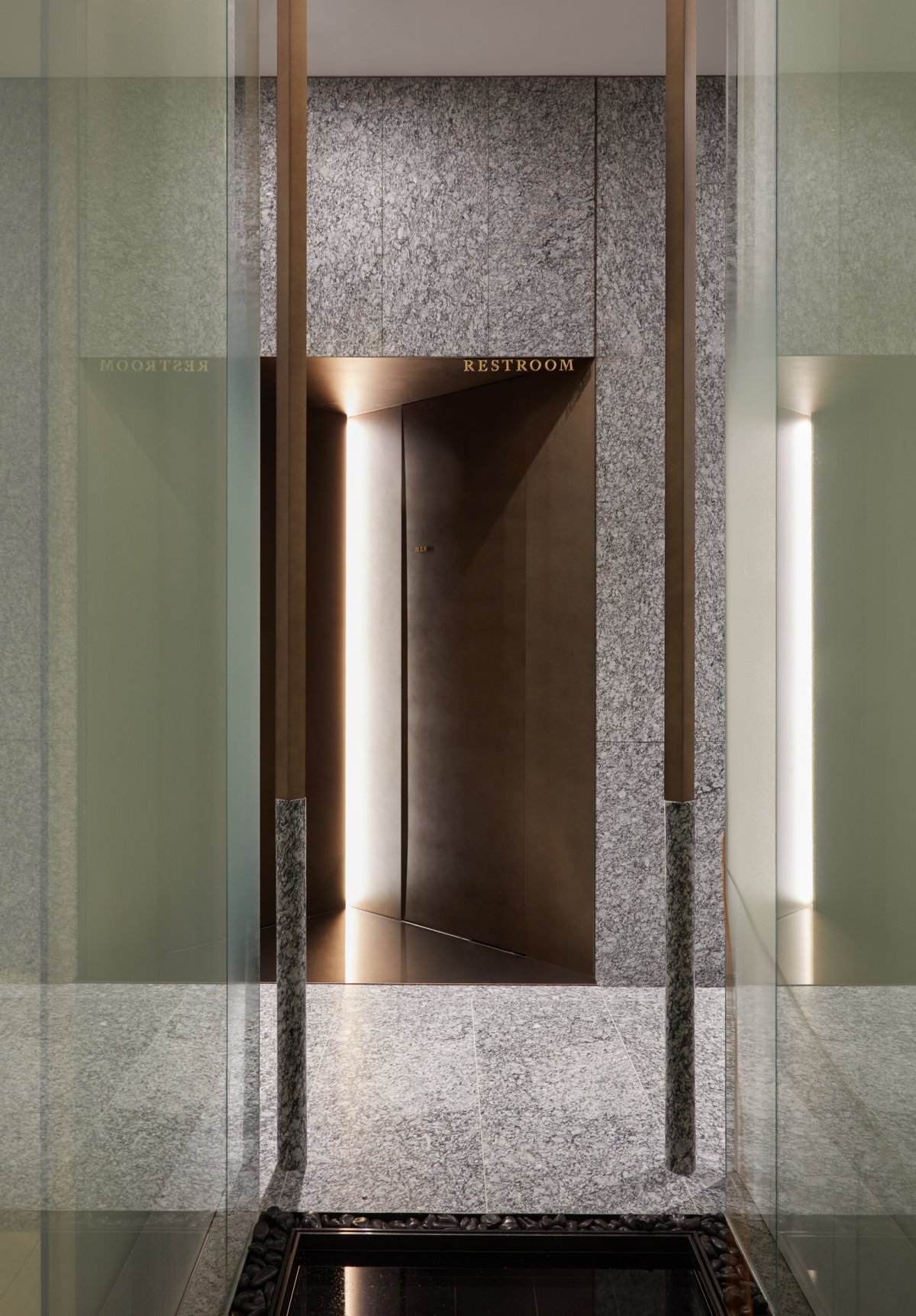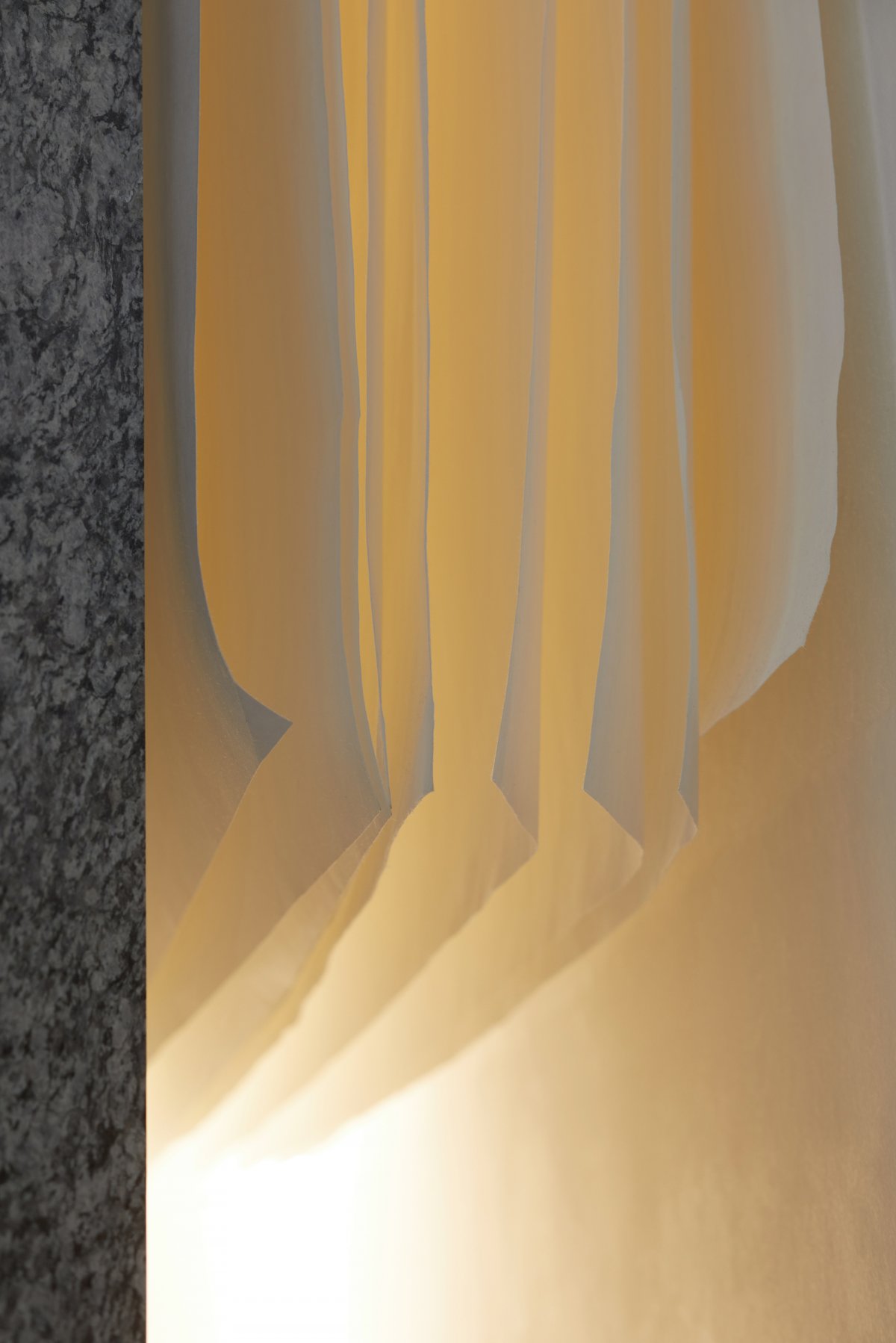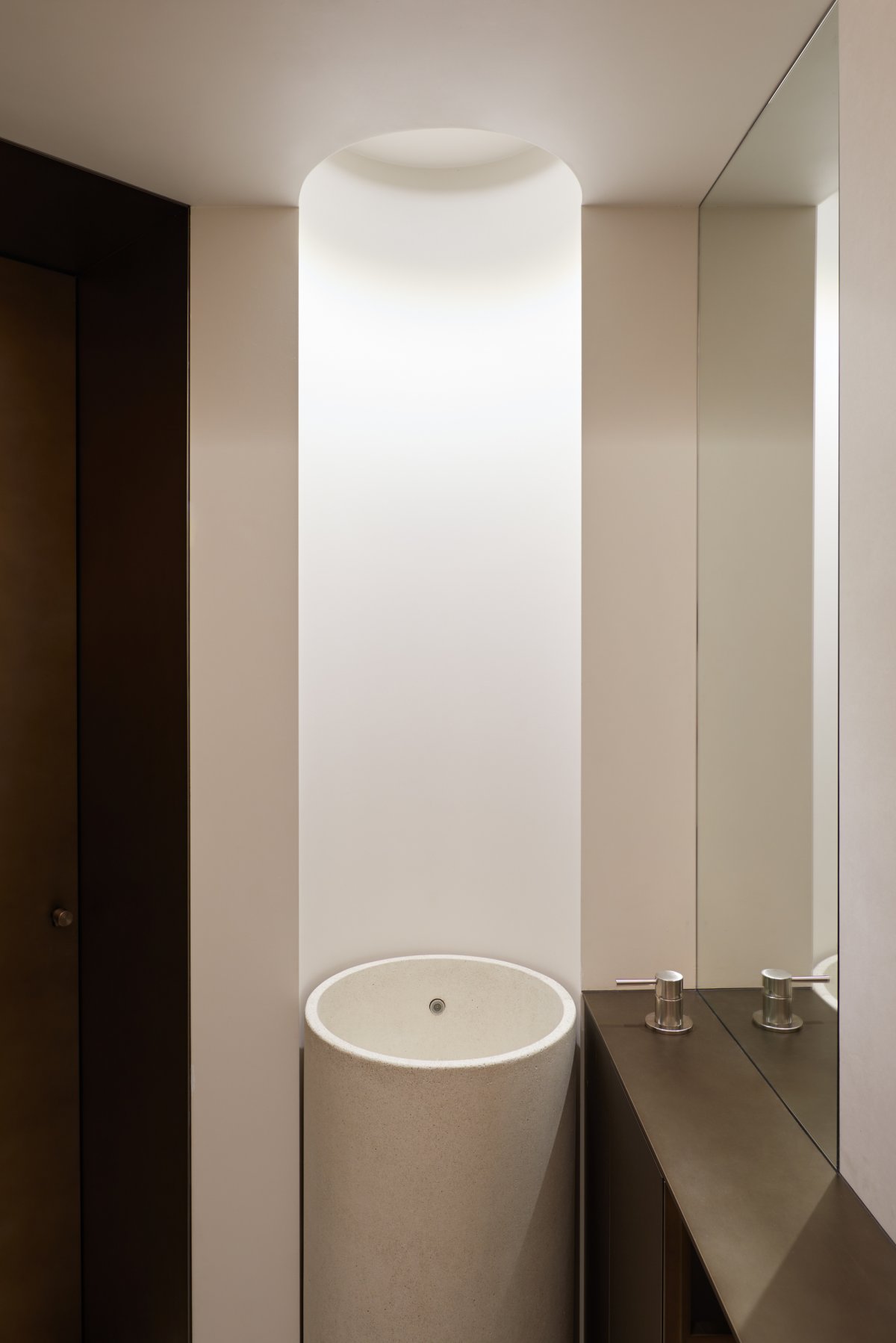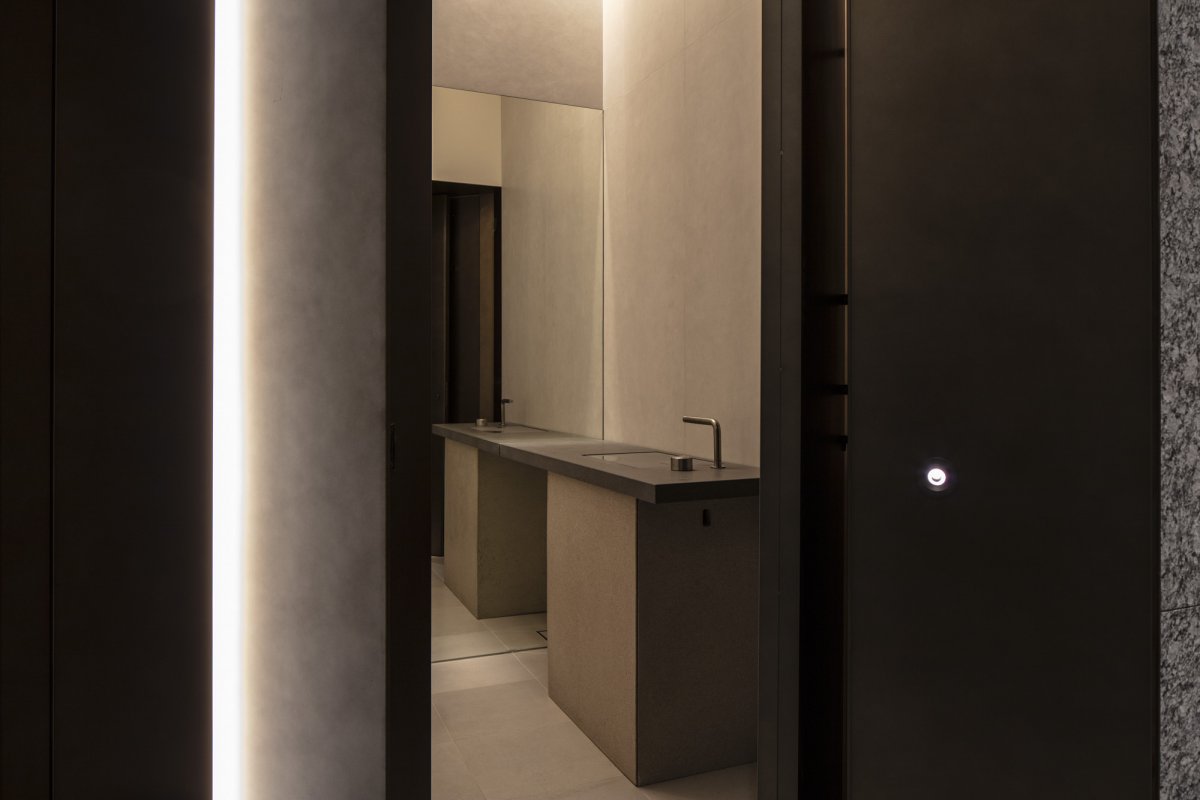
Only the best local products are used to ensure the taste and quality of the food, and at the same time, it is a good demonstration of the local agricultural situation. As a high-end Korean restaurant, GYUBAN carries on this tradition. Using the recreation of traditional recipes to experience the past, present and future, SUBTEXT took the idea of "memory" as inspiration and advanced it to create a concept of a "place of memory", which was elaborated in collaboration with six experts from different fields.
Some restaurants focus on adjusting Korean food to modern tastes, but in GYUBAN, the chef studies and explores every single ingredient in detail through historical research from Chosen culinary manuscript. Chef’s dishes are more of a liaison between the past and present by bringing the tastes of traditional cuisine. This philosophy became the identity of the place.
GYUBAN is consisted of lounge as transfer space, hallway to connect the lounge and rooms, and 5 separate dining rooms. SUBTEXT thought of each space as past, present, and future; and they layered these spaces for customers to experience the flow of time.
The main entrance of the place greets customers with layers of Hanji, the Korean traditional handmade paper. As customers enter the hall is the lounge used as transfer space; the chef provides welcome food and gives recess before navigating customers to travel back in history.
Stepping up the stone platform, the hallway adopted horizontal form of traditional architects by placing colonnades. This horizontal form also represents chef’s faith to fully adopt traditional recipe without arrogance and helps customers to naturally flow into different time.
- Interiors: Subtext Architects
- Photos: Woo-Jin Park
- Words: Gina

